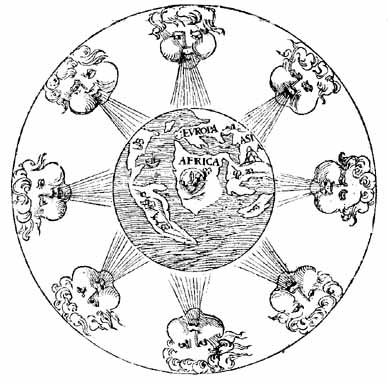Conference: "Managing Uncertainty in the Academy and the Courtroom: Normal Arsenic and 19th-Century Toxicology" by José Ramón Bertomeu Sánchez - Chemical Heritage Foundation, Philadelphia, USA - March 15, 2011
March 15, 2011
José Ramón Bertomeu-Sánchez, University of Valencia
Managing Uncertainty in the Academy and the Courtroom: Normal Arsenic and 19th-Century Toxicology
Chemical Heritage Foundation
Time: 12:00 - 1:00 p.m.
Place: 6th Floor Conference Room, Chemical Heritage Foundation
Information: 215-873-8289 or bbl@chemheritage.org
The enhanced sensitivity of chemical tests sometimes produced unforeseen and puzzling problems in 19th-century toxicology. The talk focuses on the earliest uses of the Marsh test for arsenic and the controversy surrounding “normal arsenic,” that is, the existence of traces of arsenic in healthy human bodies. It follows the circulation of the Marsh test in French toxicology and its appearance in the academy, the laboratory, and the courtroom. The new chemical test could detect very small quantities of poison, but the test’s high sensitivity also offered new opportunities for imaginative defense attorneys to undermine the credibility of expert witnesses. In this context toxicologists had to dispel the uncertainty associated with the new method and to find arguments to refute the many possible criticisms (of which “normal arsenic” was one). Meanwhile, new descriptions of animal experiments, autopsies, and cases of poisoning produced a steady flow of empirical data, sometimes supporting but in many cases questioning previous conclusions about the reliability of chemical tests. This particularly challenging scenario provides many clues about the complex interaction between science and law in the 19th century, particularly on how expert authority, credibility, and trustworthiness were constructed, and frequently challenged, in the courtroom.
José Ramón Bertomeu-Sánchez lectures history of science at the University of Valencia (Spain). He is director of the new master’s program on “History of Science and Scientific Communication” (University of Valencia-CSIC, 2010–2011). His Ph.D. was about the social history of Spanish science during the Peninsular Wars (1808–1813), and his further research interests include 19th-century chemistry textbooks and teaching practices, history of chemical terminology, scientific instruments, experimental practices and material culture of science, and the history of 19th-century toxicology. He is a member of the groups STEP (Science and Technology in the European Periphery) and COMIC (Catalan Scientific Instruments Society). He is currently running a new project on 19th-century toxicology and writing a biography of the famous toxicologist Mateu Orfila i Rotger (1787–1853), including an edition of Orfila’s letters, which is now in press.
The March calendar of Philadelphia area events in the history of
science, technology and medicine is available now at www.pachs.net/events

